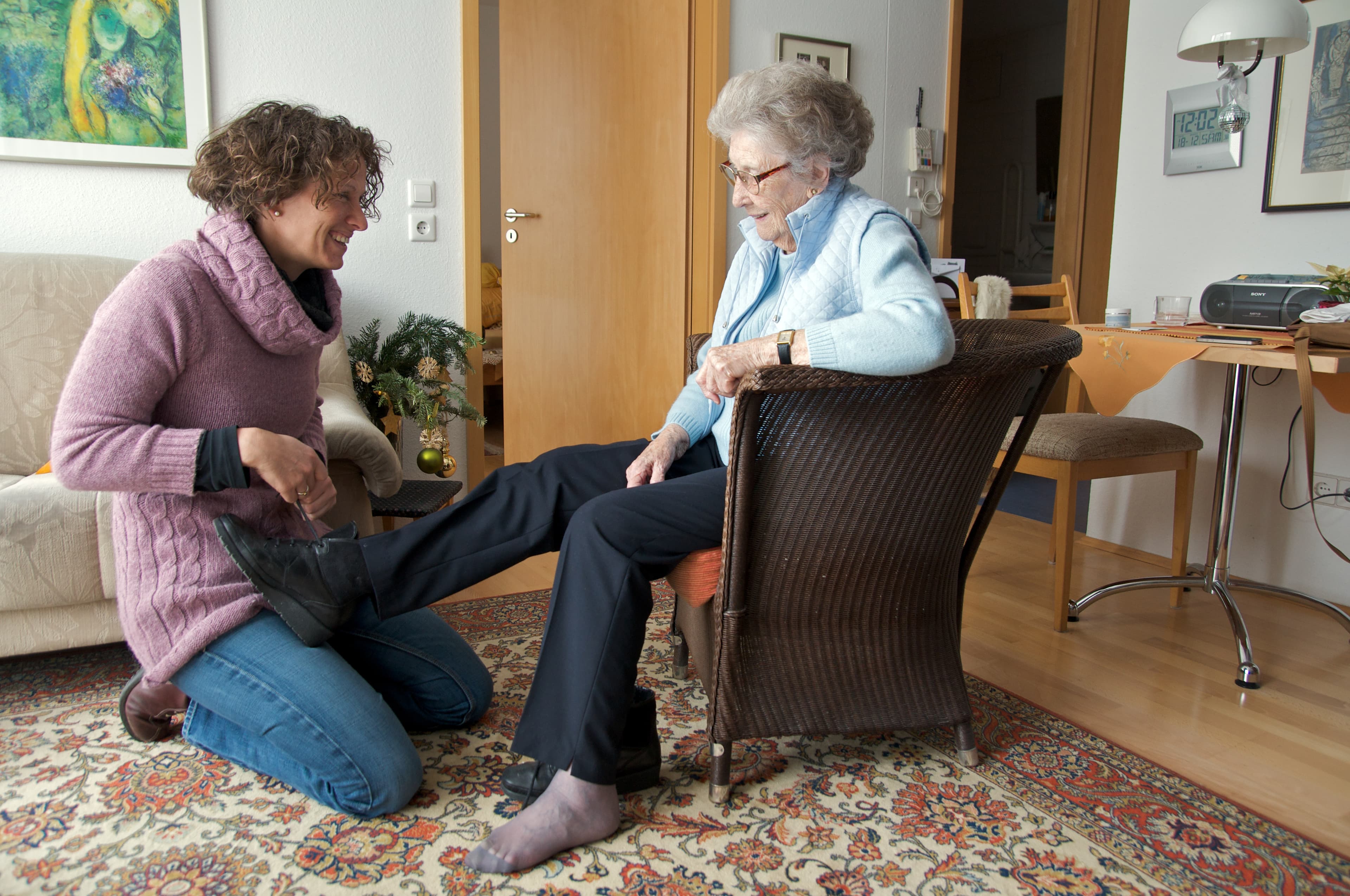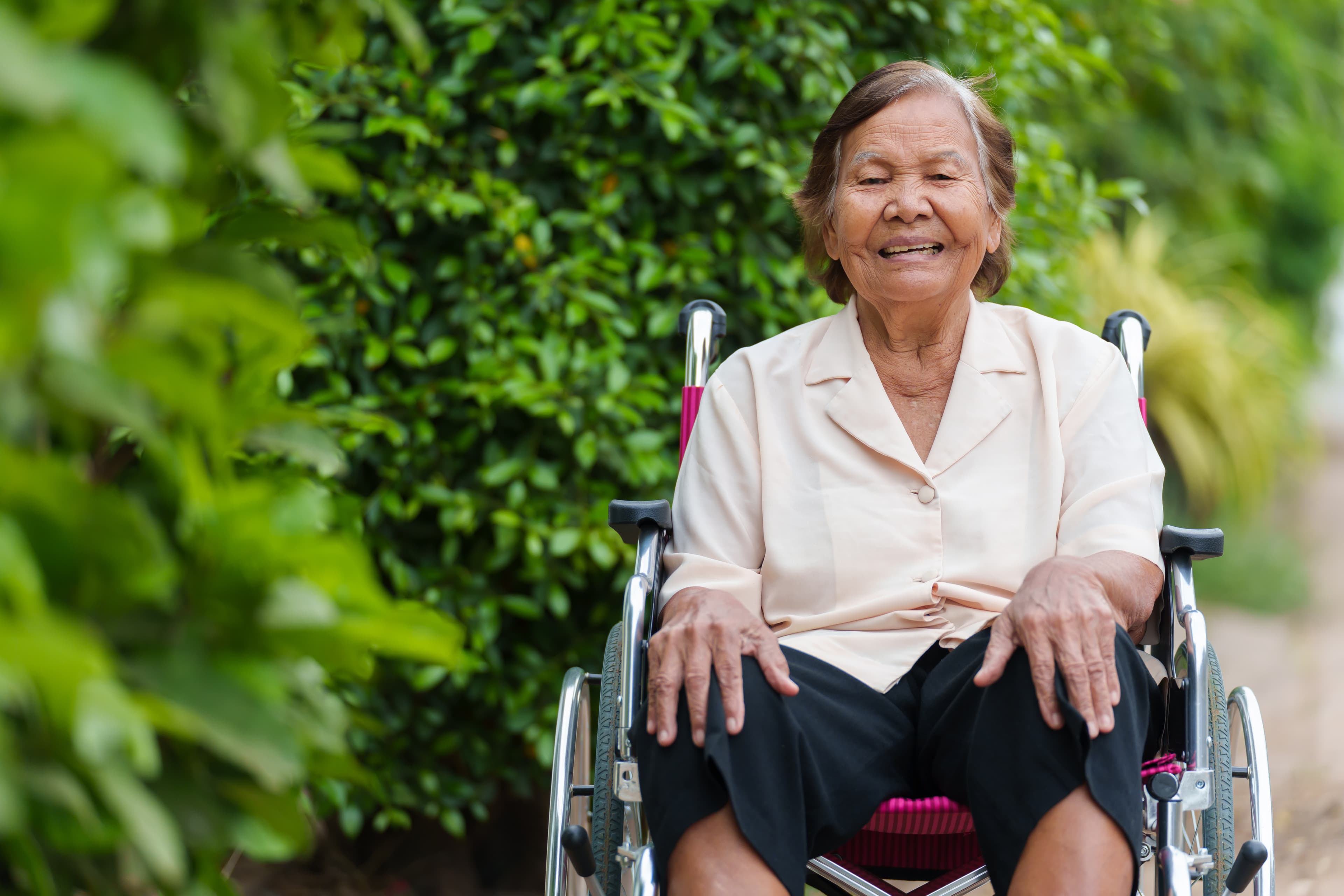How To Help Your Loved One Get In and Out of the Car Safely
As a family caregiver, getting your loved one where they need to go may be one of your main responsibilities. But, if your loved one has limited mobility, safely getting them in and out of the car can present real risks.
Below is a simple guide on how to help your loved one get in and out of the car safely.
What You’ll Need
Helping someone get in and out of the car usually doesn’t require equipment. However, it depends on your loved one’s mobility and fitness level.
“Depending on the individual’s needs, you may need special supplies, such as a stepping stool, a walking aid, or a handrail,” said Lalitha McSorley, a geriatric physical therapist and the owner of Brentwood Physiotherapy Calgary, a physiotherapy clinic in Calgary, Ontario, Canada. “These aids can provide additional support and stability during the transfer process, reducing the risk of falls and injuries.”
Helping Your Loved One Get Into the Car
Step 1: Park Your Car on Level Ground
Make sure your car is parked on level ground before helping your loved one get in. If it’s parked on a hill or another uneven surface, your loved one might fall and hurt themselves.
Physical therapist pro tip: “Make sure there’s enough space on both sides of the car for your loved one to maneuver, especially if they use a walker, a cane, or a wheelchair,” McSorley said.
Step 2: Open the Passenger Door and Move the Seat Back
When transporting your loved one, have them sit in the front passenger seat. Then, open the passenger door and move the seat back as far as possible so your loved one has plenty of room to get in.
Step 3: Put a Seat Cushion, Small Pillow, or Towel On The Seat
Padding provides additional support for your loved one’s lower back and buttocks. Plus, it makes sitting for long periods or on trips with multiple stops easier.
Step 4: Help Your Loved One Into the Passenger Seat
“Have your loved one turn so their back so it’s facing the open passenger-side door,” McSorley said. “Then, help them sit down on the edge of the seat with their legs outside the car.”
Step 5: Move Your Loved One Into the Car
Support your loved one’s upper body and help ease them into the passenger seat. Make sure to keep their feet and legs together until they're comfortable and in an upright position.
Step 6: Make the Final Adjustments and Fasten the Seat Belt
Ask your loved one if they’re comfortable. Then, make sure they’re centered in the passenger seat and buckle their seatbelt.
Helping Your Loved One Get Out of The Car
Step 1: Park the Car on Level Ground
When you arrive at your destination, park on level ground (preferably in a parking lot). Then, put the emergency brake on, turn the car off, and remove your loved one’s seat belt.
Step 2: Exit the Car and Open the Passenger-Side Door
Exit the car, walk around to the passenger side, and open the passenger side door. Help your loved one turn toward the door so that their torso and legs are facing you. Next, carefully slide your loved one forward to the edge of the seat. Let their legs dangle outside the car so their feet make contact with the ground.
Step 3: Help Your Loved One Stand Up
“Hold onto one of your loved one’s hands, and support their upper body with the other. Then, gently help them stand up, ensuring they keep their feet together,” McSorley said. “If your loved one uses an assistive device, ensure they’re holding it securely before walking away from the car.”
Step 4: Hold On While They Take Their First Few steps
After sitting for a while, it can be hard to keep your balance. So help your loved one take a few steps before walking away to reduce the risk of a slip and fall.
Frequently Asked Questions
1) Should my loved one sit in the front seat of the car or in the back?
Great question! “I always recommend that people with mobility issues sit in the front seat of the car, as it provides easier access and more space for maneuvering,” McSorley said. “However, this may vary depending on your loved one’s needs and preferences.”
2) Should I bring anything with me in the car?
Anytime you leave home, make sure to pack essential items, such as medication, snacks, and water. A travel bag can ensure your loved one stays comfortable and well-nourished whenever you’re in the car.
3) How can I make getting in and out of the car easier for my loved one?
Aside from following the steps listed above, McSorley recommends:
Using a ramp or lift to help
Adjusting your loved one’s car seat to provide better comfort and support
Taking regular breaks to stretch and move around
Planning routes that avoid bumpy roads and other obstacles
Takeaways
Caring for someone with mobility issues presents unique challenges. If you’re just starting, consider meeting with a qualified therapist. “A physical therapist or occupational therapist who specializes in geriatric care can develop a personalized plan that addresses your loved one’s unique needs and abilities,” McSorley said.



